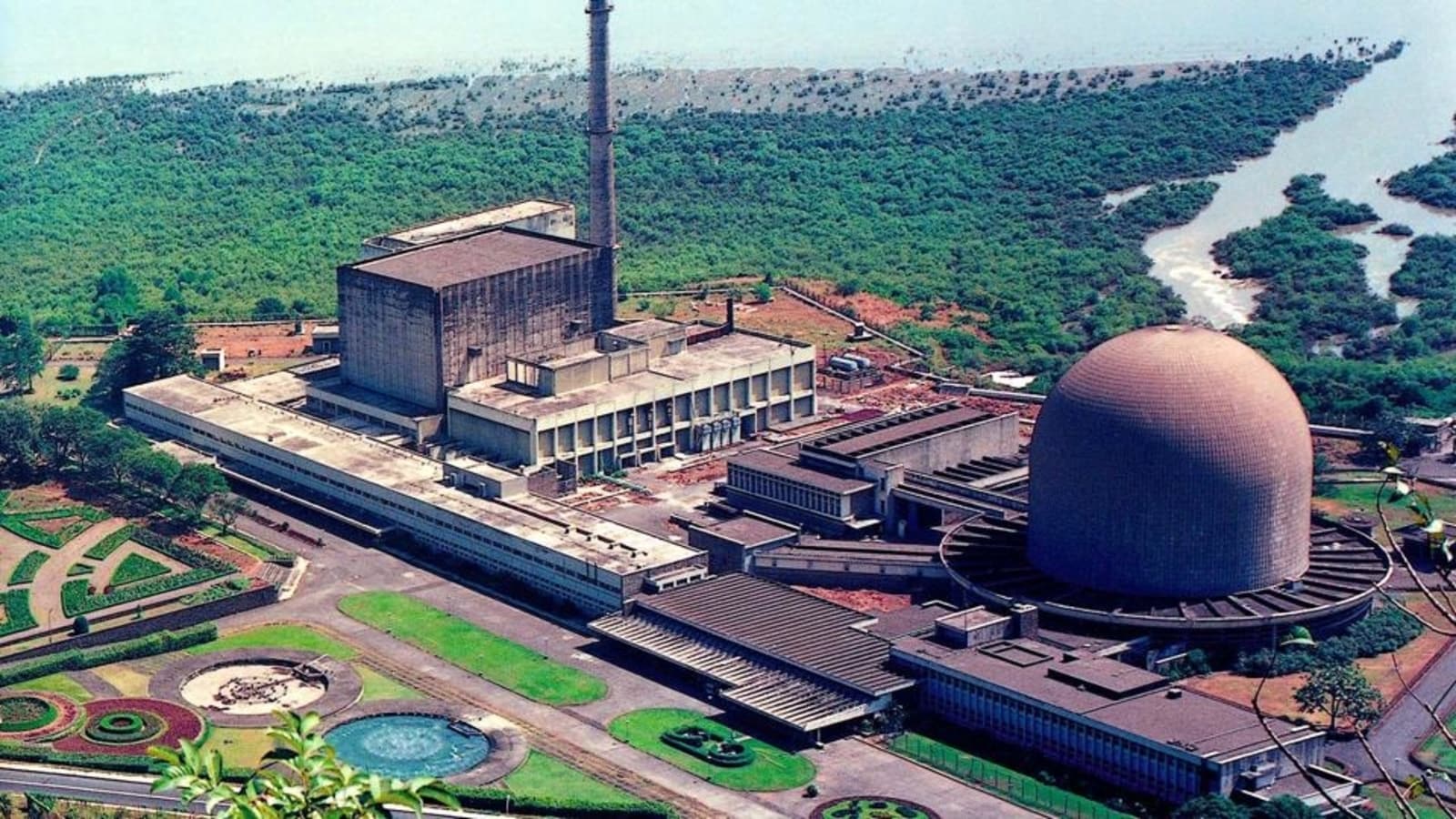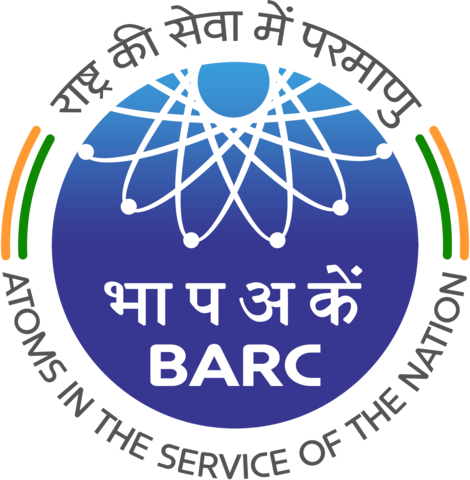Overview
The idea of the Nuclear Program in India was conceived by Dr. Homi Jehangir Bhabha. By 1945, the Tata Institute of Fundamental Research was established by him to carry out nuclear science research. To enhance the inputs to exploit nuclear energy for the benefit of the country, he then formed the Atomic Energy Establishment, Trombayalso known as AEETin the month of January 1954 for dynamic research programs needed for the various nuclear programs in the country. After the reign of Bhabha, AEET was renamed as Bhabha Atomic Research Centre (BARC) in 1966.
Academic Performance
BARC along with DAE conducts several training programs for DAE Employees and for students/ researchers. The BARC Training Schools as well as its affiliates conduct Orientation Course for 1-year duration for engineering graduates and also for the Science post-graduates. For IIT’s MTech students, DAE Graduate Fellowship Scheme is also in place from many years. The institute offers various courses like a diploma, M.Phil., M.Tech., Ph.D. etc.
Research & Development
BARC is the mother of various R&D institutions such as RRCAT, VECC, IGCAR etc., which carry out pathbreaking research on nuclear as well as accelerator technologies and also in industrial establishments for example NFC, ECIL, NPCIL, etc. The research reactors in the country, with BARC are APSARA, ZERLINA, CIRUS, DHRUVA, PURNIMA-I, II & III, and KAMINI, which is used for neutron radiography in IGCAR. Apart from these BARC has a lot of active Research and Development in Isotope Applications, Reactor Technologies, Fuel reprocessing and waste management, Radiation Technologies and their application to Accelerator and Laser Technology, health, agriculture and environment, Electronics, reactor control and Materials Science and instrumentation.
The BARC also conducts various research in the area of biotechnology. It has formulated various disease-resistant and high-yielding crop varieties. Research in Liquid Metal Magnetohydrodynamics for power generation is also in place.
BARC conducts research in other high technology areas like micro electron beams, accelerators, computer vision, materials design, and supercomputers are among the few. The BARC has core sections for these types of specialized fields. They have designed an infrastructure of supercomputers, called Anupam using state of the art technology.
Notable Alumni
Padma Vivbhushan Anil Kakodar, the mechanical engineer and the Nuclear Physicist, best known for Operation Shakti and Pokhran-II is one of the eminent alumni of Bhabha Atomic Research Center. Padma Bhushan P.K. Iyengar, the Nuclear Physicist is known for the development of the Nuclear Program of India headed a team successfully at Bhabha Atomic Research Center. Padma Shri Sharad P. Kale, the scientist who works with biodegradable waste resources to develop biogas plants is an alumnus of the Center. In 2003, Padma Shri Ravi B. Grover, the nuclear scientist and mechanical engineer, a member of the Atomic Energy Commission represented BARC training school in the World Nuclear University. Eminent scientists K.N. Vyas, Srikumar Banerjee, Sekhar Basu, Raja Ramanna, Ratan Kumar Sinha and Arun K. Pati are some of the proud patrons of Bhabha Atomic Research Center.

